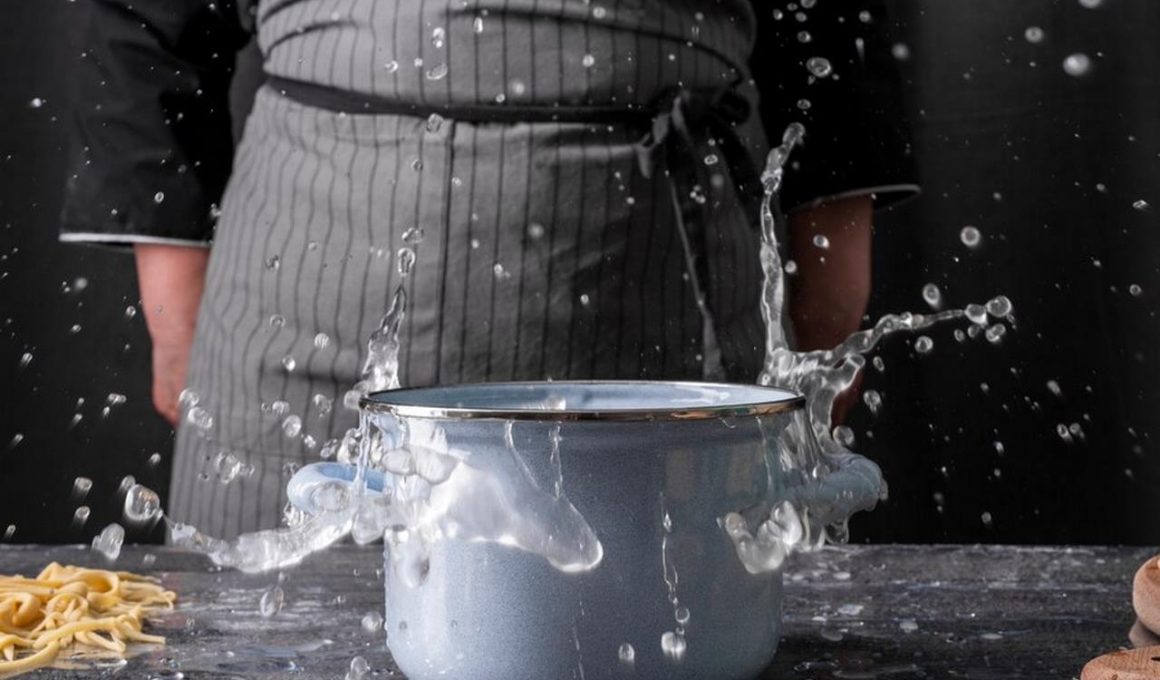The scapes are a part of the garlic plant’s life cycle and are delicious. They’re similar to a chive or scallion and can be eaten raw, cooked, or pickled. Learn how to cook garlic scapes for the best flavor and texture. Harvesting the scapes is an important part of the garlic growing cycle. They are often left on the garlic plant until they bloom and develop a large bulb.
Harvesting garlic scapes is an important part of the life cycle of the hardneck garlic plant
Garlic scapes are harvested in spring, just after flower stalks curl. Harvesting them early in the season helps prevent weeds, which are a common problem in garlic gardens. Garlic scapes are also edible and can be kept for several months or frozen for later use. Hardneck garlic plants produce 300-500 lbs of scapes per acre.
When the scapes first sprout, they’re tender, and edible. They’re the flower bud of the hardneck garlic plant. The scapes have a mild garlic flavor, and can be enjoyed raw or cooked. For a more refined dish, you can sauté the scapes in olive oil and serve them with salads. Harvesting garlic scapes is a vital part of the hardneck garlic life cycle.
Hardneck garlic is a cold-hardy variety. Its central stem is stiff and makes it vulnerable to splitting in warm weather. The flower stem must be removed to encourage the bulb to grow and develop to its full potential. When harvested, the scapes are a delicious early summer treat. Use them in salads or stir-fries. Hardneck garlic has one ring of fat cloves surrounded by a hard stem. These garlic varieties are not as long-lasting as softneck garlic, but they do have a milder flavor than their softneck cousins. Common hardneck types include Korean Red, Duganski, Siberian, Music, and Chesnok Red.
While many people may not think about garlic scapes as edible, they are a delicious bonus crop from the single clove. These edible scapes are tasty sauteed in butter and added to stir-fries. You can even blitz them and use them to make pesto. While roasted garlic scapes are best enjoyed fresh, you can store them in the refrigerator or freeze them for later use.
They taste like a chive or a scallion
Although garlic is not actually a scallion or chive, it is closely related to both. Its edible bud is similar to the taste and texture of a chive or green onion. It is an excellent addition to salads, soups, and sauces. Its flavor is a combination of garlic and scallion. You may also want to try roasting or boiling garlic scapes, which are great for preserving and blending.
You can find garlic scapes at a grocery store. They are edible and have firm stalks, so it’s important to choose those with no obvious damage. Smaller scapes are less bitter than larger ones. A yellow tip is another sign of a tougher stem. You can then slice or dice the scapes and add them to your dish.
While it can be intimidating to try cooking garlic scapes, there are a few simple steps you can take to get them to taste like a scallion or chive. First, make a sauce out of a mixture of olive oil and garlic scapes. It is important to use a neutral oil since garlic scapes can be very strong. A strong flavored oil will overpower the flavor of garlic scapes.
After you’ve cut the scapes, rinse them well. Then, trim the bud off at the end. The bud is fibrous and may be difficult to cut off. After that, you can cook the scapes as you would any other onion. This way, they will have a mild garlic flavor and will not be overpowering in your dish.
They can be eaten raw or cooked
You can eat garlic scapes raw or cooked, or use them as a substitute for garlic cloves in many recipes. You can add them to soups, salad dressings, and baked potatoes. You can also roast them in the oven or steam them. You can also use them in pasta salads and soups. In addition to raw eating, you can pickle garlic scapes. They store for up to a month.
Garlic scapes are edible and can be harvested after late spring and early summer. They are harvested by cutting the stems above the woody area on the stem. Then, they can be dried, fried, or cooked. Garlic scapes are milder and sweeter than garlic cloves. However, you should be careful not to overcook them. They are more suitable for cooking than for eating raw.
Regardless of the preparation, garlic scapes can be consumed raw or cooked. They are a natural source of nutrients, namely phosphorus, potassium, selenium, manganese, and calcium. They are also rich in antioxidants and sulfur-rich phytocompounds. You can use them as a garnish for salads, soups, or sandwiches. You can also add them to your favorite sauces and marinades.
To preserve garlic scapes, you can place them in a zip-top plastic bag and store them in the refrigerator for up to three weeks. You can also freeze them to enjoy the flavor whenever you want. Make sure to place them in one layer on a cookie sheet to prevent them from clumping together. If you’re cooking with them, you can make a garlic scape sauce to serve them with.
They can be pickled
This recipe is a great way to preserve these tasty scapes. When you pickle garlic scapes, you can store them in a refrigerator for up to six months. The scapes will become more tender with age, but they will still have a robust flavor. If you plan to store them for more than a few days, you should make enough to fill up about 4 pints of jars.
The first step of the process is to boil the scapes in a brine for at least 10 minutes. Then, you’ll need to measure the spices for pickling on top of the scapes. Next, combine the water, vinegar, and salt in a pot. Boil the pot until the mixture reaches a PH level of 4.5. When the scapes are ready, remove them from the water and place them in a clean jar.
Pickled garlic scapes are a delicious and beautiful addition to salads. They’re a great addition to a bloody Mary and are also a great accompaniment for a cheese and meat platter. The best part about this recipe is that you can use them year round. They’re also great for burgers, so you can replace the pickles with garlic scapes. The garlic scapes are equally delicious alongside sauerkraut and mustard.
If you don’t use the scapes for pickling, you can use them in soups or pesto. You can also add them to salad dressings or soups as well. This dish is the perfect way to preserve the mild flavor of garlic scapes. Pickled garlic scapes are best served within a few days. If you make them ahead of time, they can be consumed right away or kept in the refrigerator.
They can be grilled
Grilling garlic scapes is an easy and healthy way to enjoy the herb. Just be sure to wash and trim the scapes properly. Brush them with a bit of olive oil and season with salt and pepper. Place the scapes on a rimmed baking tray and drizzle some oil over them. Rub the garlic scapes lightly with your fingers to coat them with oil. You can also spray the scapes with cooking spray to ensure that they get covered with oil.
After washing and drying them, you can brush them with oil and toss them on a hot grill. This will create grill marks and prevent them from turning to mush. Grill the scapes for a minute or two per side. Season them liberally with salt and black pepper. You can also garnish the grilled scapes with a slice of grilled lemon. Once cooked, you can serve the garlic scapes hot or at room temperature.
You can grill garlic scapes with a grill and sprinkle salt and pepper over them. These delicious vegetables are a delicious side dish and go well with seasonal vegetables. They also make great pizza toppings. You can find many ways to use grilled garlic scapes, so get creative. Once you have grilled them, you can add them to any dish you want. This delicious veggie is also perfect for salads and omelets.
Grilling garlic scapes is an easy way to prepare them for a barbecue. The green curlicue stalks are delicious when cooked and have a mild garlic taste. Depending on the season, you can even turn them into a pesto. Just remember to use plenty of oil and pepper! If you have the time, you can enjoy grilling garlic scapes as an appetizer. They’re so delicious that you’ll find yourself grabbing them for dinner.
Podobne tematy




